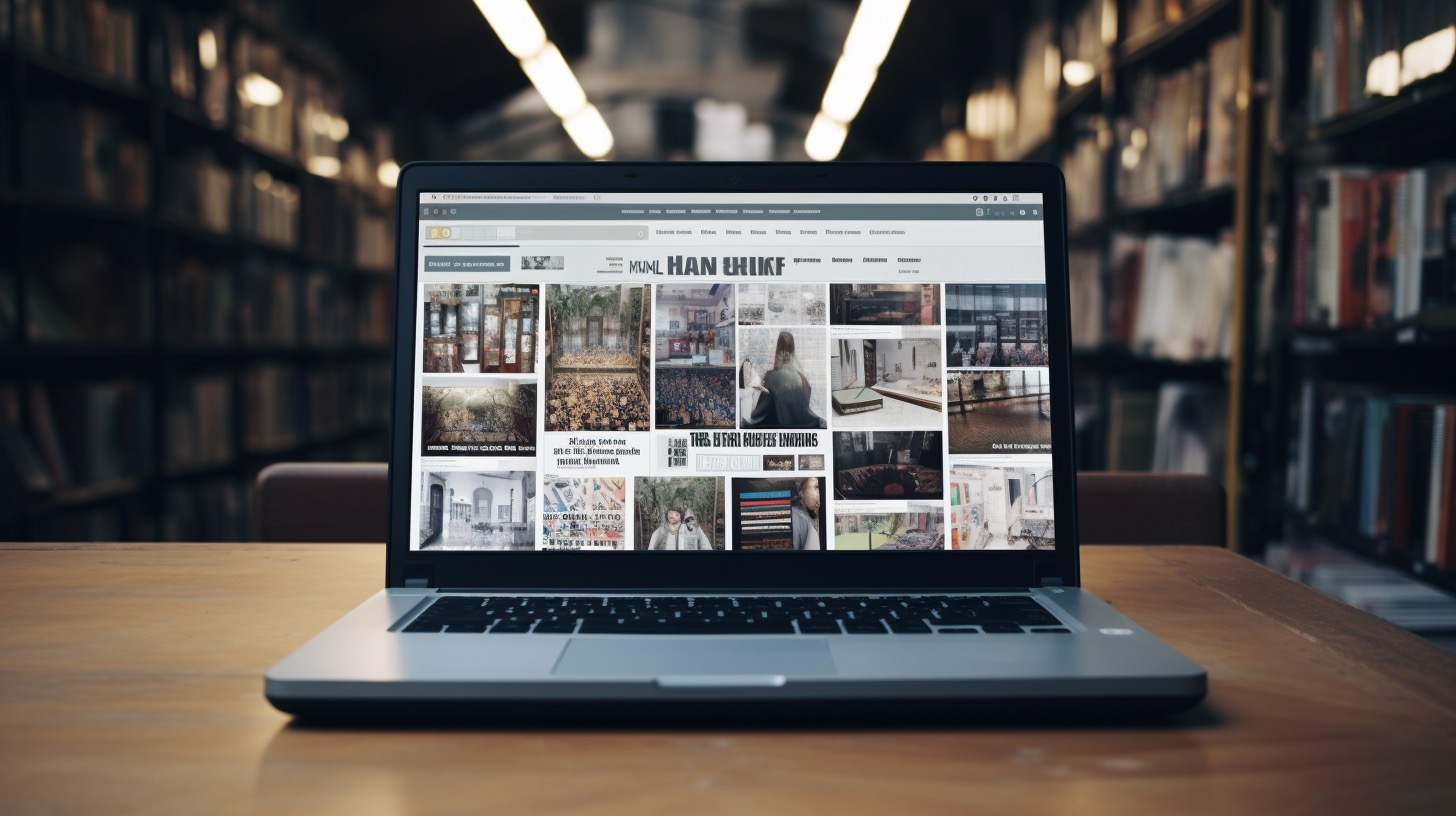Organized and Easy-to-Use Design

Designing a website with a clean and user-friendly layout is essential for grabbing attention and enhancing user experience. In this article, we will explore the key elements of a clean and user-friendly layout and provide tips to achieve this goal.
A clean and user-friendly layout is organized, clutter-free, and easy to navigate. It focuses on providing a seamless browsing experience for users by optimizing the visual hierarchy and placing important elements prominently.
Benefits of a clean and user-friendly layout include improved user experience, increased engagement, enhanced brand perception, and higher conversion rates.
Key elements of a clean and user-friendly layout include whitespace, consistent branding, intuitive navigation, responsive design, and readable typography. Proper use of whitespace enhances readability, while consistent branding creates a cohesive experience. Intuitive navigation and responsive design ensure accessibility across devices, and readable typography improves legibility.
To create a clean and user-friendly layout, start with a clear plan and define website goals. Organize content logically, use whitespace effectively, ensure intuitive navigation, maintain branding consistency, and test responsiveness on different devices.
Responsive design is important for a clean and user-friendly layout as it allows websites to adapt to different screen sizes, ensuring a consistent experience across devices and engaging a wider audience.
A clean and user-friendly layout can positively impact website performance by increasing engagement, lowering bounce rates, and potentially improving conversion rates. By creating a positive impression and encouraging further exploration, a clean and user-friendly layout leads to a more successful online presence.






